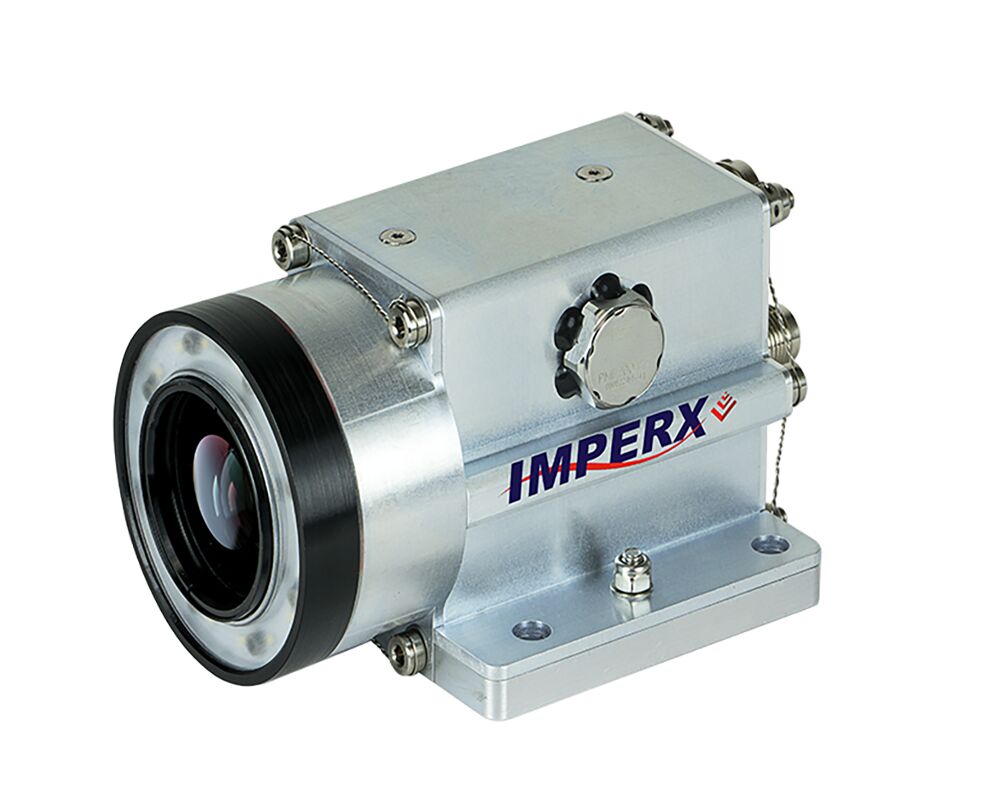
The collaboration that ensued resulted in a new camera model, the SPC-S2010 which employs Sony IMX487 image sensor for UV imaging. „The environmental range on these cameras is insane,“ said Jarret Bone, a NASA mechanical engineer working on the project, noting that one of the cameras survived eight minutes positioned just a few feet from the blasting rocket engine, followed by the frigid space environment. During the Artemis I mission, theuncrewed Orion spacecraft launched on the Space Launch System super-heavy-lift rocket and traveled thousands of miles beyond the Moon, over the course of about a three-week mission.
The commercialization of an off-the-shelf version of the ruggedized camera was highlighted as a NASA Spin Off by NASA’s Technology Transfer Program, noting that Imperx’s commercial camera is now available for use in aerospace, drilling, mining, and other industries where cameras withstanding extremes of temperature and vibration are needed. „This experience has helped us make a camera that can withstand being mounted on an airplane, which goes from ground level up to 36,000-40,000 feet and then comes back down,“ said Greg Pangburn, Imperx CFO. „It works perfectly during all of those altitude changes, whether it’s hot or cold outside, if it’s raining or snowing.“ The camera features a global shutter CMOS sensor with a resolution of 1920×1080 pixel in a 1/2.35″ optical format delivering up to 60fps with selectable 3G-SDI (SMPTE 424-1) or HD-SDI (SMPTE 292M) output. The camera employs an integrated thermal management system which provides the ability to pre warm the electronics for use in extreme environments and features a 2KVAC power input isolation design that protects the internal electronics from power surges caused by lightening or other sources. The logic interface protection is rated at 5KVrms. The camera is equipped with an integrated LED illumination ring that supports continuous or strobed illumination and is offered with eight factory installed lens options.












